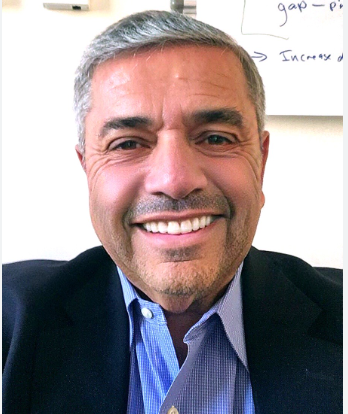Becoming a cardiologist is a journey that demands years of rigorous education, training, and unwavering dedication to improving the heart health of patients. Dr. John Strobeck, a respected cardiologist, exemplifies the path from medical school to a thriving career in cardiology. Let’s explore the steps involved in this rewarding career journey:
Medical Degree Program:
The foundation of a career in cardiology begins with enrolling in a medical degree program. Typically spanning four years, medical school combines intensive classroom learning with clinical rotations. These rotations offer students invaluable hands-on experience, fostering skills in patient care and exposure to various medical specialties.
Clinical Rotations:
Medical school includes clinical rotations, where students work alongside experienced physicians and gain practical experience in different medical specialties. Dr. John Strobeck New Milford Rotations in internal medicine, surgery, and critical care are particularly relevant to cardiology, providing a solid grounding in the fundamentals of diagnosing and treating medical conditions.
Residency Training:
Upon graduating from medical school, aspiring cardiologists proceed to complete a residency program. A residency in internal medicine usually spans three years and provides comprehensive training in managing a wide spectrum of medical conditions. This period is pivotal for honing clinical skills, deepening medical knowledge, and preparing for specialized training in cardiology.
Fellowship in Cardiology:
After successfully completing their internal medicine residency, individuals can apply for a cardiology fellowship. These fellowships typically last three to four years and offer specialized training in the diagnosis, treatment, and prevention of cardiovascular diseases. During this period, fellows work closely with experienced cardiologists, gaining expertise in performing cardiac procedures, interpreting diagnostic tests, and managing complex cardiac cases.
Board Certification:
Following a cardiology fellowship, aspiring cardiologists can pursue board certification through organizations like the American Board of Internal Medicine. Board certification is a testament to a physician’s expertise and competence in their chosen specialty, earning them recognition and respect within the medical community.
Professional Practice:
With the requisite training and board certification, cardiologists like Dr. John Strobeck New Milford are poised to embark on their professional journey. They can choose to work in diverse settings, including hospitals, clinics, academic institutions, or private practices. Some cardiologists may opt for further specialization within cardiology, focusing on specific procedures or conditions, such as interventional cardiology or electrophysiology.
Continued Education and Research:
The field of cardiology is marked by rapid advancements and evolving treatment modalities. As such, cardiologists must commit to lifelong learning, staying updated on the latest developments in the field. Continuing medical education programs, participation in conferences, and involvement in research projects provide avenues for cardiologists to expand their knowledge, refine their skills, and contribute to the advancement of cardiovascular medicine.
In conclusion, becoming a cardiologist is a demanding yet immensely rewarding journey. Dr. John Strobeck’s career path serves as a testament to the dedication, perseverance, and passion required to excel in this field. Through extensive education, clinical experience, specialized training, and an unwavering commitment to continuous learning, cardiologists play a pivotal role in enhancing patients’ lives and advancing the realm of cardiology. For those aspiring to pursue a career in this vital medical specialty, remember that the path requires unwavering determination and a steadfast commitment to lifelong improvement.


